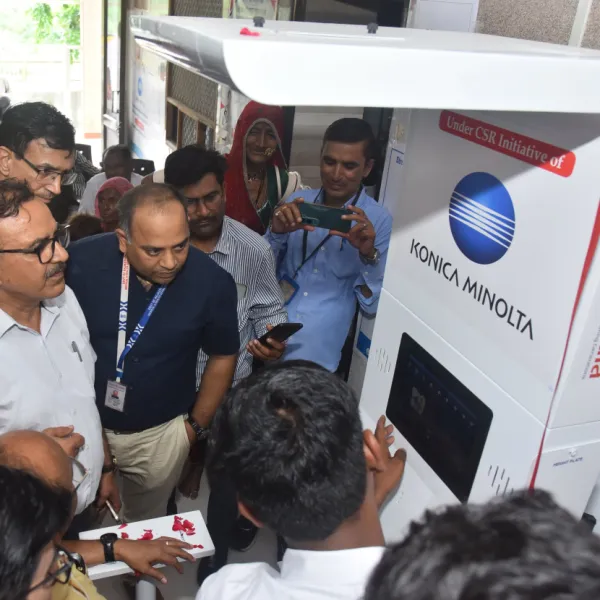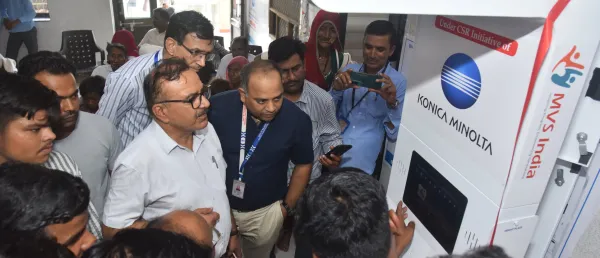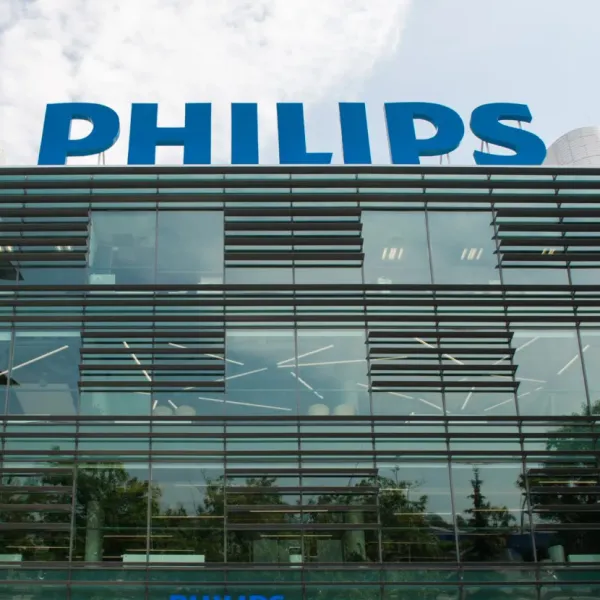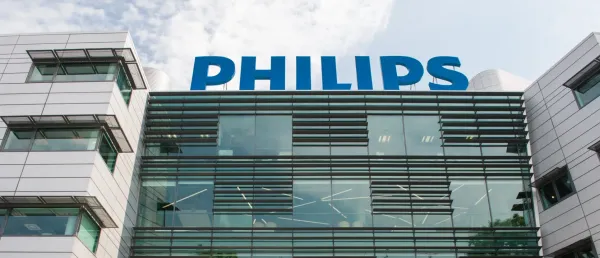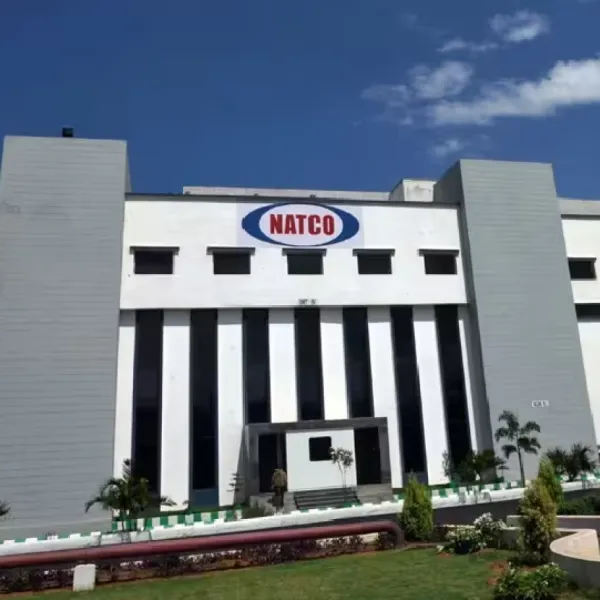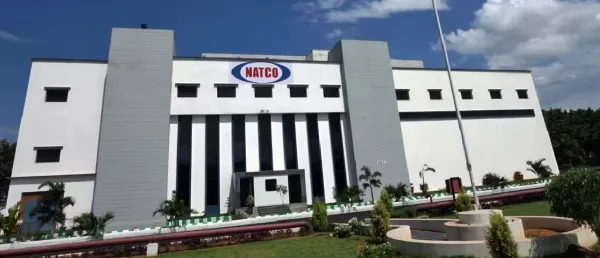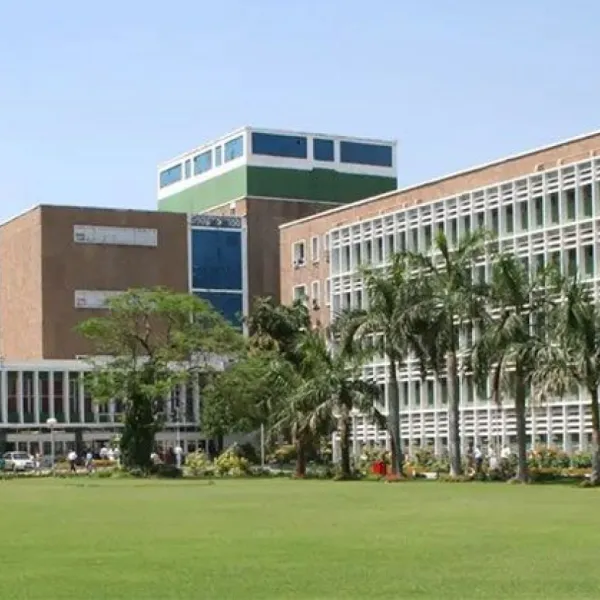IISc Advances Cancer Monitoring with Radiation-Free Imaging Technique

This imaging technique helps to make tumour imaging more accessible with potential for repeat scans without health risks.
Researchers from the Department of Bioengineering, Indian Institute of Science (IISc), Bengaluru have developed GPc, a novel imaging molecule to detect tumors without using radiation.
According to a study published in JACS Au, GPc is tailored for Photoacoustic (PA) Tomography, an imaging technique using light and sound to create high-contrast 3D images of tumours.
This method uses a near-infrared (NIR) laser beam, which is essential in photoacoustic imaging which reaches internal tissues, activates the GPcs and enables safe image generation using instead of traditional radiation.
GPc as a Safer Alternative to PET Scans
The PA imaging uses GPc, a compound made from Zinc-phthalocyanine which avoids radiation. The NIR light used in biochemicals excite contrast molecules in the body which after absorbing the light undergo a rapid but tiny expansion, generating ultrasonic waves.
These waves are then picked up by sensors on the surface of the body, and a computer reconstructs them into high-resolution, three-dimensional images.
Sanhita Sinharay, Assistant Professor at the Department of Bioengineering (BE), IISc, and corresponding author of the study in a statement from IISc to the media commented, “The molecule, referred to as GPc, consists of four glucose units conjugated to a scaffold made of zinc-phthlocyanine.”
Additionally, these glucose tags enhance both water solubility and cellular uptake, helping the molecule reach tumour sites more effectively.
Further, the scientists had also pinpointed some of the advantages of this particular method. Firstly, the novel PA imaging is radiation-free and provides better imaging of tumours, such as those in the breast, skin, or lymph nodes.
Moreover unlike the PET scans, this technique also helps to make tumour imaging more accessible with potential for repeat scans without health risks.
“The use of such molecules can greatly help visualise tumour sites with high metabolic activity non-invasively, providing similar functionality at a lower cost.” the IISc statement noted.
Stay tuned for more such updates on Digital Health News











